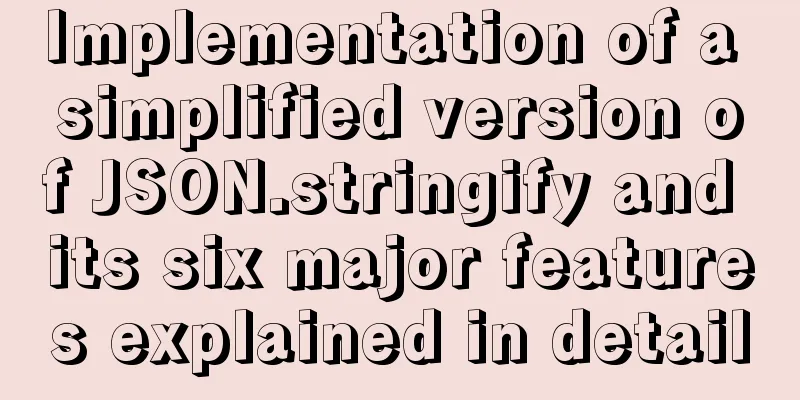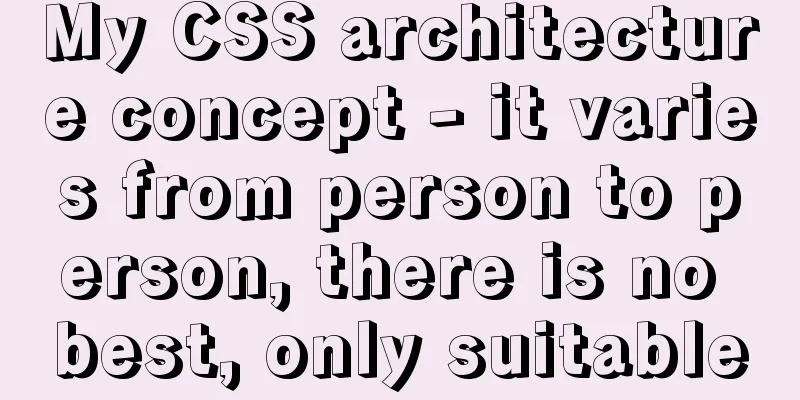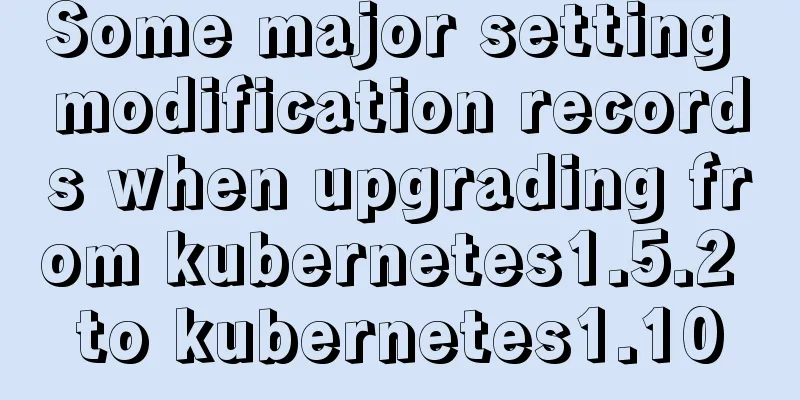Semanticization of HTML tags (including H5)

introduceHTML provides the contextual structure and meaning of the content of a web document; HTML itself has no expression. For example, we see that <H3> is bold and the font size is 2em; <strong> is bold, but don’t think that these are the expression of HTML. This is the default style of HTML at work. So we need to know that HTML has nothing to do with the expression of the page . Expression is the business of CSS. The role of HTML in a page is structure and meaning. To put it simply, it is to divide the content. What is put here is what we put. StructuringIf a web page is compared to a house, then HTML is the reinforced concrete walls and the roof and beam frames; and CSS is the decorative materials, floor paint and the like. A good page structure means that even without CSS decoration, the page structure is still clear and the house is still visible. The DIV+CSS that people often talk about is just a popular term, not DIV throughout the article. Remember: DIV is not God! SemanticHTML is a supplementary representation of the content and meaning (i.e. semantics) of text. It tells us, "This line is a heading, these lines form a paragraph, this is a bulleted list, that is a link." It doesn't tell us, "These words are blue, those are red, this part is on the right, these are italic." That's the job of CSS. In short: HTML tells us what a piece of content is (or what it means), not what it looks like. Copy code The code is as follows:<!--Unsemanticized--> <div id="header"> <div class="H3">Former Brick Siege Master</div> <div class="h2">Building with blocks is also about art</div> </div> <!--After semanticization--> <div id="header"> <H3>Former Brick Siege Master</H3> <h2>Building with blocks is also about art</h2> </div> What are the benefits of semantics?
Appendix: New elements in HTML5
|
<<: Teach you how to use Portainer to manage multiple Docker container environments
>>: Sample code for making a drop-down menu using pure CSS
Recommend
CnBlogs custom blog style sharing
After spending half the night on it, I finally ma...
Detailed explanation of the differences and applications of {{}}, v-text and v-html in Vue
{ {}} Get the value, the original content of the ...
Detailed explanation of the use of umask under Linux
I recently started learning Linux. After reading ...
Don’t bother with JavaScript if you can do it with CSS
Preface Any application that can be written in Ja...
Implementation of MySQL joint index (composite index)
Joint Index The definition of the joint index in ...
Zabbix WEB monitoring implementation process diagram
Take zabbix's own WEB interface as an example...
Useful codes for web page creation
<br />How can I remove the scroll bar on the...
Implementation of MySQL master-slave status check
1. Check the synchronization status of A and B da...
MySQL database must know sql statements (enhanced version)
This is an enhanced version. The questions and SQ...
Detailed explanation of Vue event handling and event modifiers
<div id="root"> <h2>Keep go...
CocosCreator Universal Framework Design Network
Table of contents Preface Using websocket Constru...
MySQL data duplicate checking and deduplication implementation statements
There is a table user, and the fields are id, nic...
Detailed explanation of VUE's data proxy and events
Table of contents Review of Object.defineProperty...
Encapsulation method of Vue breadcrumbs component
Vue encapsulates the breadcrumb component for you...
Example code for implementing div concave corner style with css
In normal development, we usually use convex roun...









